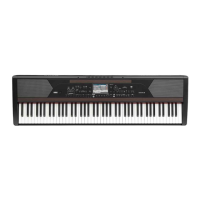710| Managing files
Deselect the files or folders
▪ To deselect one or more files or folders, without deselecting everything,
keep SHIFT pressed and touch the file or folder to be deselected.
▪ To deselect everything, select any other file or folder. All selected files and
folders will be deselected.

